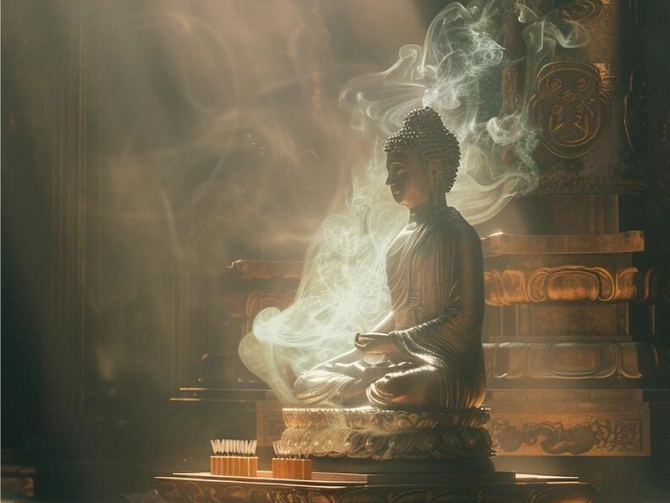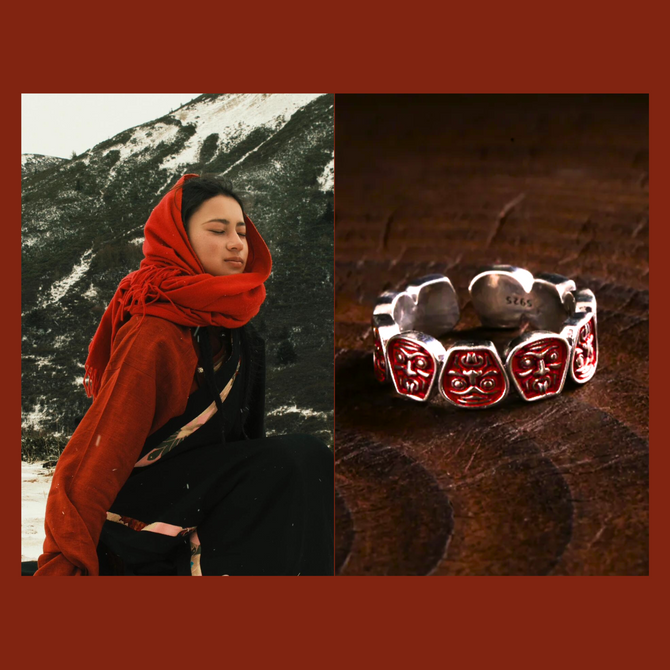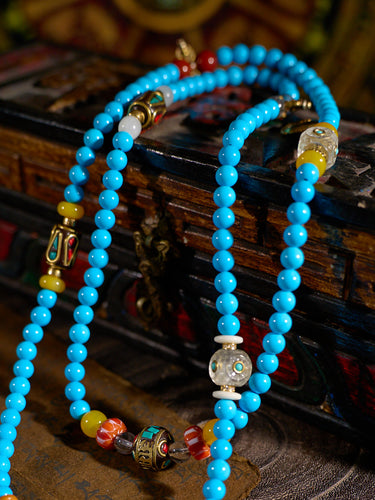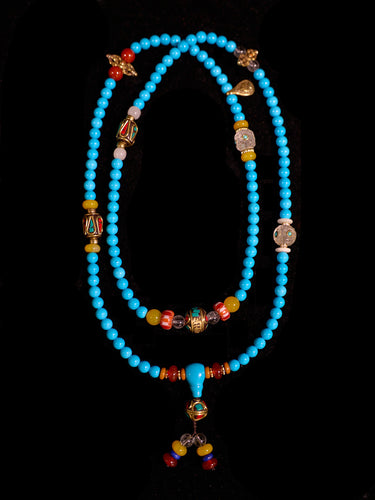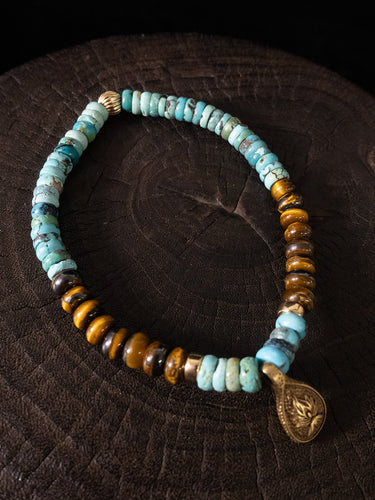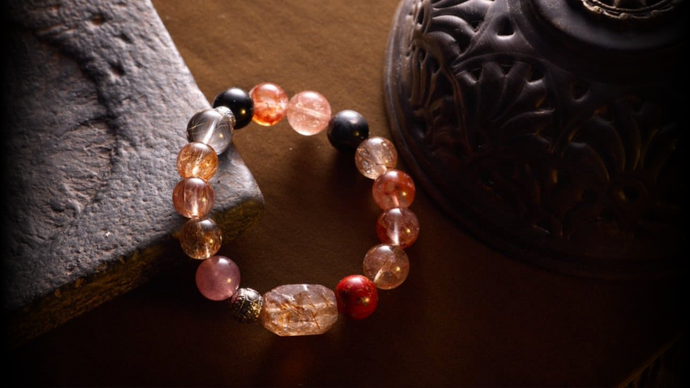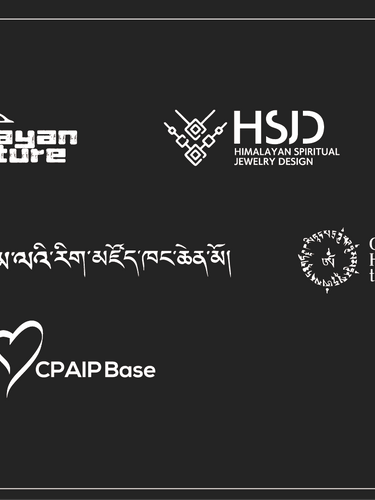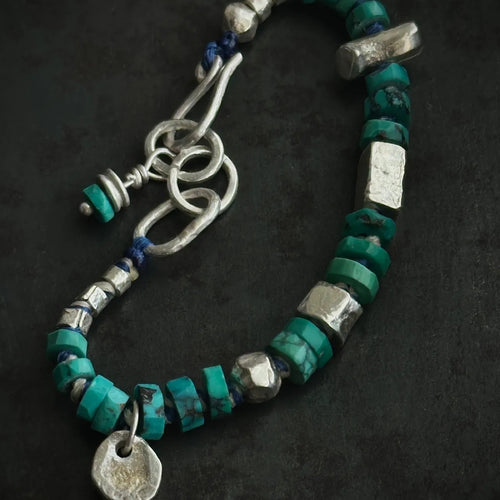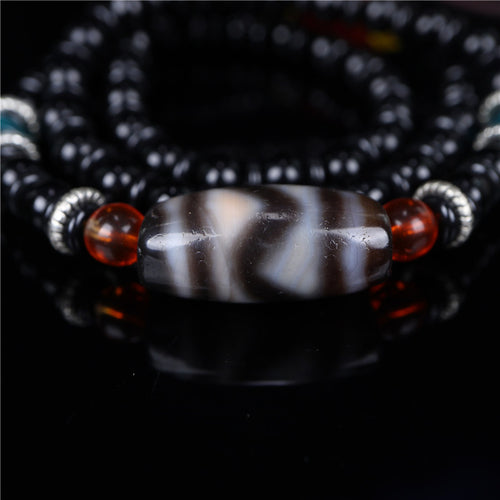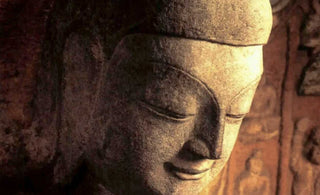
In the realm of classical oriental art, few masterpieces can rival the exquisite craftsmanship and timeless beauty of the Tryadhva-buddha Statue at the Yungang Grottoes. This remarkable statue, nestled within the sacred caves of Shanxi province in China, stands as a testament to the unparalleled artistry and design mastery of ancient civilizations. At Oriental Aesthetics, we take great pride in providing systematic, high-quality professional services for oriental artists, collectors, and enthusiasts who share a deep appreciation and love for classical oriental art. Delving into the intricate design and craftsmanship of the Tryadhva-buddha Statue, one is immediately captivated by its grandeur and attention to detail. Every aspect of the statue, meticulously carved from the sandstone cliffs during the 5th century, showcases the virtuosity of the ancient artisans who brought this masterpiece to life.
A Fusion of Artistic Design Traditions: Synthesis of Indian and Chinese Influences
The Tryadhva-buddha Statue at the Yungang Grottoes stands as a remarkable testament to the fusion of artistic design traditions, seamlessly blending influences from both Indian and Chinese cultures. This captivating synthesis of styles and influences gives the statue its unique and timeless beauty, making it a masterpiece of classical oriental art. One cannot overlook the profound impact of Indian Buddhist iconography on the design of the Tryadhva-buddha Statue. The sculptors skillfully incorporated elements from Indian artistic traditions, infusing the statue with a sense of sacredness and spiritual depth. The influence of Indian art can be seen in the intricate carvings, the symbolic motifs, and the overall composition of the statue.
At first glance, the flowing robes of the Tryadhva-buddha Statue immediately draw attention. The intricate carvings on the robes depict celestial beings, mythical creatures, and intricate patterns, all of which bear resemblance to the rich visual language of Indian art. These carvings not only add aesthetic beauty but also convey profound symbolism and narrative significance, telling stories from Buddhist scriptures and evoking a sense of divine transcendence. The fusion of Indian and Chinese artistic influences is also evident in the facial features and expressions of the Tryadhva-buddha Statue. The gentle smile and closed eyes convey a deep sense of inner peace and enlightenment, reminiscent of the serene countenances found in Indian Buddhist sculptures. At the same time, the facial structure and proportions reflect the distinct aesthetic sensibilities of Chinese art, with its emphasis on harmony, balance, and naturalism.
The Tryadhva-buddha Statue's fusion of artistic design traditions is not limited to the visual aspects alone. It also encompasses the underlying philosophical and spiritual principles that both Indian and Chinese cultures share. The statue embodies the ideals of Buddhism, emphasizing compassion, wisdom, and the pursuit of enlightenment. These universal principles transcend cultural boundaries and resonate with people from various backgrounds and beliefs. The synthesis of Indian and Chinese influences in the Tryadhva-buddha Statue represents a profound cultural exchange and a testament to the interconnectedness of civilizations. It is a reflection of the historical trade routes and cultural exchanges that existed between India and China, resulting in the enrichment and evolution of artistic traditions. The statue stands as a symbol of cultural harmony and mutual inspiration.
The Majestic Buddha Statue Presence: A Testament to Architectural Brilliance
The presence of majestic Buddha statues is indeed a testament to architectural brilliance and artistic mastery. These awe-inspiring statues, often found in Buddhist temples and sacred sites, hold significant cultural, spiritual, and aesthetic value. They serve as focal points of devotion, inviting contemplation, and inspiring a sense of reverence and awe. The construction of a large-scale Buddha statue requires meticulous planning, skilled craftsmanship, and a deep understanding of both engineering and religious symbolism. Architects and artisans collaborate to create statues that not only capture the physical likeness of the Buddha but also convey profound spiritual teachings and evoke a sense of transcendence.
Standing at an impressive height of approximately 17 meters, the Tryadhva-buddha Statue commands attention with its majestic presence. The seated figure exudes an aura of tranquility and wisdom, inviting visitors to contemplate the profound truths of Buddhism. The proportions of the statue are meticulously balanced, reflecting the architectural brilliance of the ancient craftsmen who meticulously carved this awe-inspiring masterpiece.
Intricate Details: Tryadhva-buddha Statue of Symbolism and Narrative
When exploring the mesmerizing Tryadhva-buddha Statue at the Yungang Grottoes, one is immediately captivated by the abundant intricate details that adorn this magnificent masterpiece. Each delicate carving and symbolic element weave together to create a tapestry of profound symbolism and narrative, enriching the viewer's experience and deepening their understanding of the statue's significance. The flowing robes of the Tryadhva-buddha Statue, adorned with celestial beings, mythical creatures, and intricate patterns, serve as a visual feast for the eyes. Every intricately carved motif tells a story, conveying profound spiritual and philosophical teachings from Buddhist scriptures. The intricate patterns and motifs on the robes symbolize various aspects of Buddhist cosmology, representing the interconnectedness of all beings and the cyclical nature of existence.
One can observe celestial beings, such as heavenly nymphs and divine guardians, adorning the robes. These ethereal figures symbolize the higher realms of existence, embodying purity, grace, and enlightenment. Their presence serves as a reminder of the aspirational path toward spiritual transcendence and the ultimate goal of liberation from suffering. The Tryadhva-buddha Statue also features mythical creatures, such as dragons and phoenixes, intricately carved onto the robes. These legendary creatures hold deep symbolism within both Chinese and Indian cultures. The dragon, a symbol of power, wisdom, and good fortune in Chinese mythology, represents the cosmic forces and the emperor's authority. Meanwhile, the phoenix, known for its grace and beauty, represents rebirth, renewal, and the triumph of good over evil. The inclusion of these mythical creatures adds layers of meaning to the statue, evoking a sense of awe and wonder.
Additionally, the elongated ears of the Tryadhva-buddha Statue hold profound significance. In Buddhist iconography, elongated earlobes symbolize wisdom and enlightenment. They signify the Buddha's ability to listen attentively to the suffering of all beings and offer compassionate guidance towards liberation. The elongated ears serve as a reminder of the importance of deep listening, empathy, and the cultivation of wisdom in one's spiritual journey. The facial expression of the Tryadhva-buddha Statue further contributes to its intricate details. The serene countenance, with closed eyes and a gentle smile, radiates tranquility and inner peace. This expression reflects the Buddha's state of profound meditation and enlightenment. It invites viewers to cultivate a sense of inner calmness and introspection, inspiring them to embark on their own spiritual path towards awakening. The intricate details of the Tryadhva-buddha Statue not only serve an aesthetic purpose but also convey profound teachings and narratives. They invite viewers to embark on a visual journey, exploring the rich symbolism and capturing the essence of Buddhist philosophy. Each element, meticulously carved by the skilled artisans of ancient times, contributes to the overall narrative and spiritual significance of the statue.



